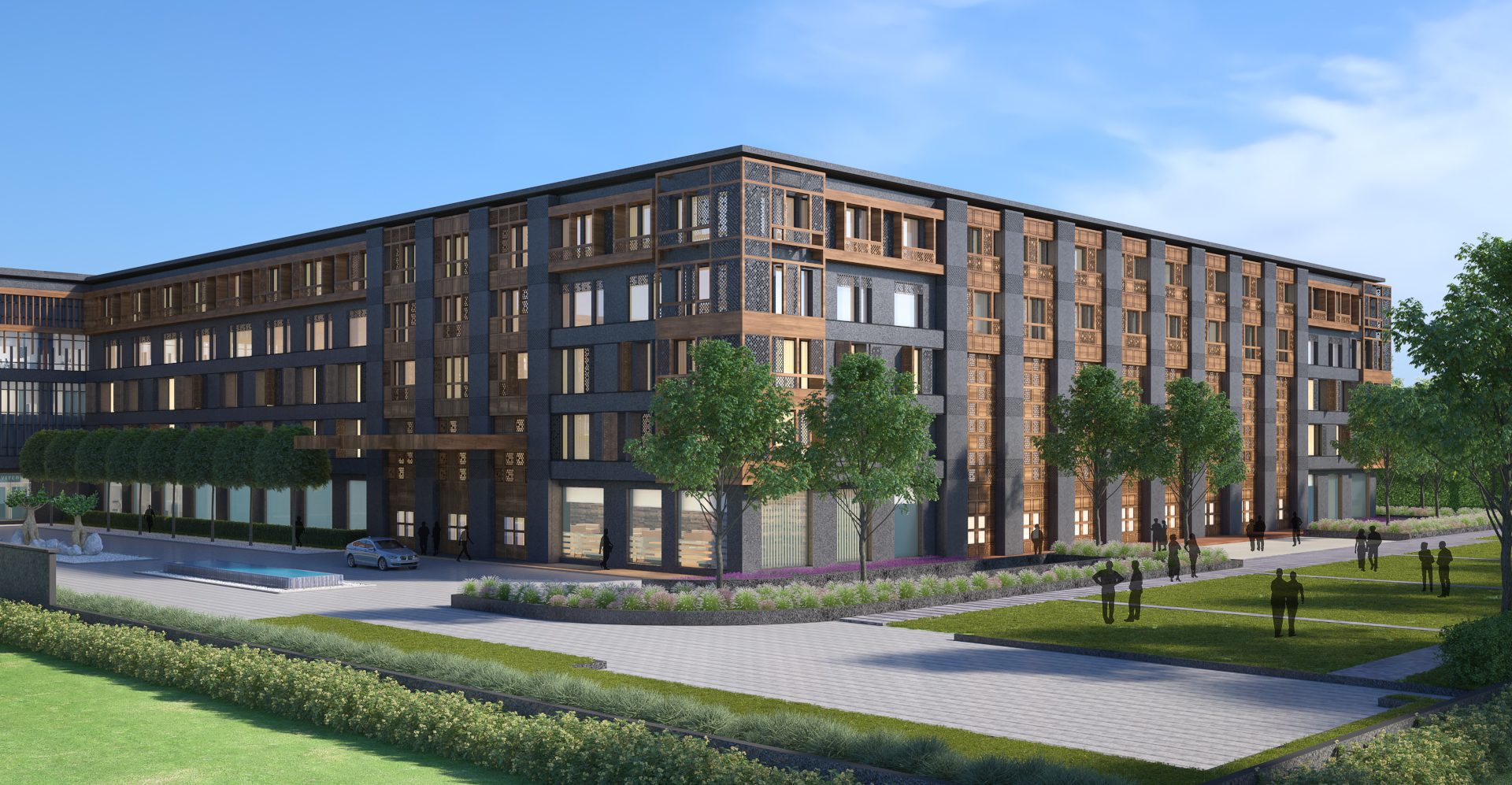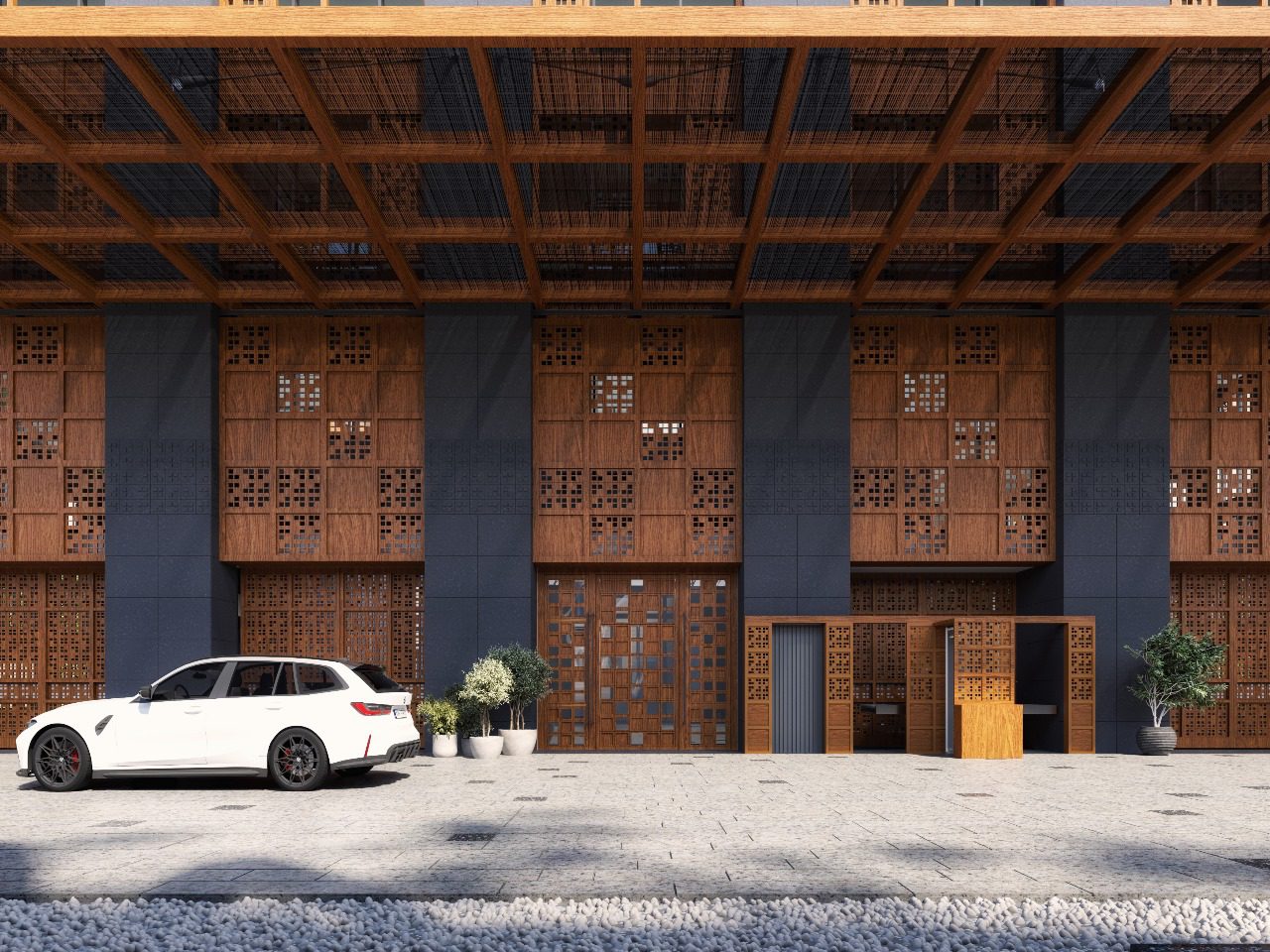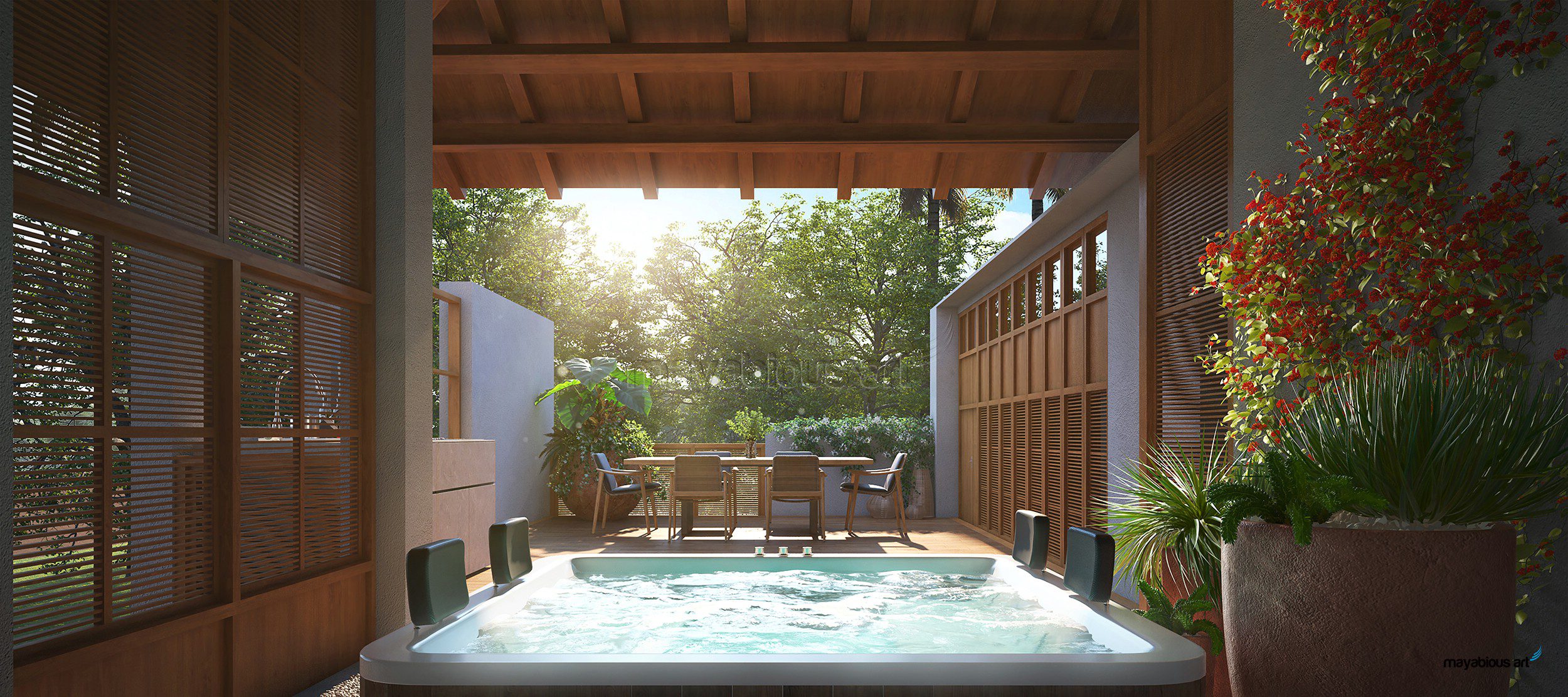Why Modern Hospitality Seeks Stories in Design Now More Than Ever
Across the world, hospitality is transforming. Travellers today are no longer seeking uniform luxury; they desire spaces that reflect the culture, climate, and character of the destinations they visit. This shift has placed design at the center of the hospitality experience as a medium through which people connect with place.
For years, high-end hotels followed a familiar script with grand lobbies, global finishes, and repeatable room types. That predictability brought consistency, but also sameness. Today, guests want spaces that feel specific: materials that make sense for the climate, art that belongs, and food and rituals that the format speaks to where they are. In short, design is shifting standardisation to significance, from “what’s the amenity?” to “what does this place mean?” This reflects a clear preference pattern for authentic and rooted local experiences.
Rootedness Beyond Surface Motifs
To be truly rooted in place calls for a design approach that embeds history, geography, craft, and climate into the DNA of the project. The goal is not replication, but embracing a culture and context-driven design language that serves contemporary needs. At the same time, these cultural layers must work seamlessly with the highest standards of global hospitality, from safety and accessibility to technology and acoustics, so that experience and performance go hand in hand.

Our design for the Ritz-Carlton in New Delhi demonstrates this balance by translating familiar elements of Indian architecture like jaali screens, balconies, and jharokhas into a façade that feels both contemporary and rooted. Its mass frames a three-level courtyard inspired by traditional stepwells, a shaded, civic-scaled space that doubles as a social condenser for everyday gatherings and major events. This is not mimicry, but disciplined adaptation, supported by modern strategies such as thermally broken glazing and louvred screens to temper Delhi’s intense climate.
Spatial Narratives – Designing Journeys, Not Just Buildings
Hospitality design succeeds when it considers the sequence between individual spaces. The guest journey from approach to threshold, orientation to gathering, and retreat must feel intuitive and meaningful.
An upcoming resort we are developing in East India illustrates how spatial sequence can enrich the experience. Conceived as both a luxury retreat and a wellness destination, its design draws inspiration from the temple architecture of Bengal and the vernacular intimacy of ikra houses. Monumental tiered rooflines frame banquet halls and public spaces, while cobbled pathways meander between villas and activity zones, weaving leisure into the natural rhythm of the landscape.
The layout minimises disturbance to dense vegetation, creating pockets of openness amidst lush greenery. Wooden screens, terracotta tones, and interspersed courtyards offer both privacy and permeability. By balancing monumental scale with human touchpoints, the resort transforms a vast site into a collection of meaningful, connected experiences.

Tradition and Modernity in Balance
Cultural references in hospitality design carry meaning only when they are lived and felt by the guest. A carved screen, a local motif, or a traditional courtyard may evoke identity, but its true value emerges when they are seamlessly tied to comfort and function. Guests may admire the story a space tells, but they ultimately remember how it made them feel — whether it offered rest, privacy, light, and ease. This balance is about ensuring that one enriches the other, creating places that are both soulful and practical.

The Ritz Carlton pairs traditional stone and screenwork with modern glazing and solar shading to reduce heat gain while preserving crafted rhythm on the façade. Back-of-house planning ensures that banqueting, deliveries, and large events coexist with guest circulation without conflict. Tradition enriches modern performance, and performance gives tradition lasting relevance.
Hospitality as Cultural Storytelling
Hospitality has always been a medium of exchange of food, rituals, and shared spaces. In architecture, this exchange becomes a form of storytelling. Each material choice, spatial gesture, or crafted detail can carry forward a fragment of culture, inviting the guest to engage with a place more intimately. When hotels embrace this role, they transcend the function of accommodation and become cultural touchstones.
The upcoming resort in East India builds on this premise by creating a tea experience centre within its grounds. More than an amenity, it positions the hotel as an interpreter of the region’s identity, offering guests an intimate connection with local heritage. The architectural vocabulary with wooden screens, landscaped courtyards, and carefully scaled villas invites guests to experience cultural resonance in a setting that is distinctly contemporary.

The global hospitality sector sits at a crossroads of economy, ecology, and culture. As it absorbs rapid growth, it must also address sustainability imperatives and respond to increasingly discerning guests. As the user expectations evolve, hospitality design must continue to balance efficiency with empathy, craft with innovation, and the global with the local, creating places that are not just visited, but deeply felt.




